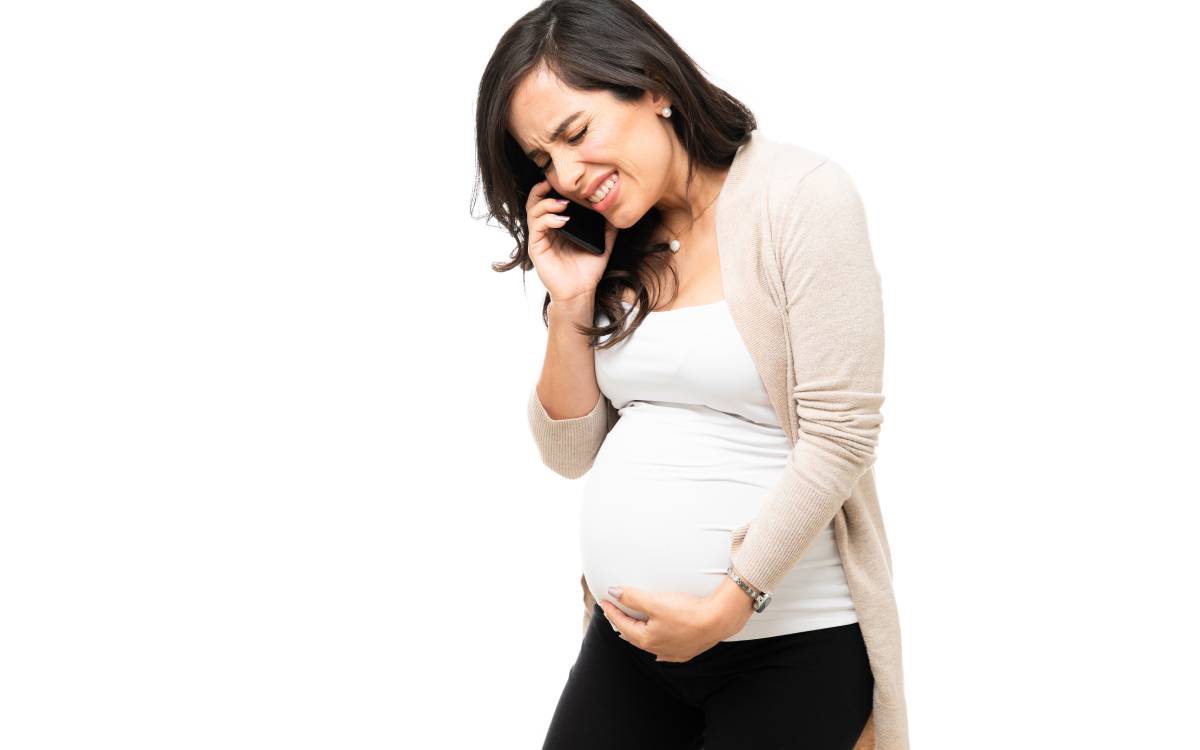The onset of labor is a pivotal moment in the pregnancy journey, signaling the imminent arrival of your baby. For many expectant mothers, especially first-timers, understanding what to expect as labor begins can alleviate anxiety and help prepare for the birthing process. This article provides a comprehensive overview of the initial stages of labor, helping you to recognize the signs and know how to respond.
Understanding the Stages of Labor
Labor is typically divided into three stages:
- The First Stage: This initial phase encompasses the onset of labor until the cervix is fully dilated to 10 centimeters. It’s further divided into early labor, active labor, and the transition phase.
- The Second Stage: This stage begins once the cervix is fully dilated and continues until the baby is born.
- The Third Stage: The final stage involves the delivery of the placenta and concludes the birthing process.
Early Labor Phase: The Gentle Prelude
The early labor phase marks the beginning of the first stage of labor. It’s characterized by:
- Mild, Irregular Contractions: Early labor contractions are typically mild, lasting about 30 to 45 seconds, and occur at irregular intervals. They might feel like a tightening or a menstrual cramp and gradually become more regular and closer together.
- Cervical Effacement and Dilation: The cervix begins to soften, thin out (efface), and open (dilate). Early labor is usually when the cervix dilates up to 3 centimeters.
- Possible Discharge: You might notice a bloody show, which is a small amount of blood-tinged mucus that indicates the cervix is beginning to change.
During early labor, staying comfortable at home is often advised until contractions become more frequent and intense. Engaging in light activities, hydrating, and resting can help manage discomfort.
Active Labor: Intensity Builds
As labor progresses into the active phase, expect:
- More Intense Contractions: Contractions become longer, stronger, and closer together, typically lasting about 45 to 60 seconds and occurring every 3 to 5 minutes.
- Increased Cervical Dilation: The cervix dilates from 3 to 7 centimeters. This phase requires more focused pain management strategies, such as breathing exercises, movement, and possibly pain relief options if desired.
- Emotional and Physical Intensity: The increasing intensity of contractions can demand greater emotional and physical support. Partners or doulas can provide valuable comfort and encouragement during this time.
Transition Phase: The Final Push Before Pushing
The transition phase is the most intense part of the first stage, with:
- Peak Intensity Contractions: Contractions are long (up to 90 seconds), with very short breaks in between. This phase is often the most challenging but is also the shortest, typically lasting 15 minutes to an hour.
- Full Dilation: The cervix reaches full dilation of 10 centimeters, preparing the body for the second stage of labor, where pushing begins.
Preparing for What Lies Ahead
Knowing what to expect as labor begins empowers expectant mothers and their support teams to navigate the experience with confidence. It’s important to communicate openly with your healthcare provider, ask questions, and discuss your birth plan and pain management preferences ahead of time.
As you approach your due date, remember that every labor experience is unique. While it’s crucial to understand the typical progression of labor, stay flexible and open to the journey as it unfolds. With preparation, support, and guidance, you’re ready to meet the challenges and joys of childbirth head-on, welcoming your new arrival with love and anticipation.
Further Reading:
Mayo Clinic: https://www.mayoclinic.org/healthy-lifestyle/labor-and-delivery/in-depth/stages-of-labor/art-20046545
March of Dimes: https://www.marchofdimes.org/find-support/topics/birth/stages-labor
